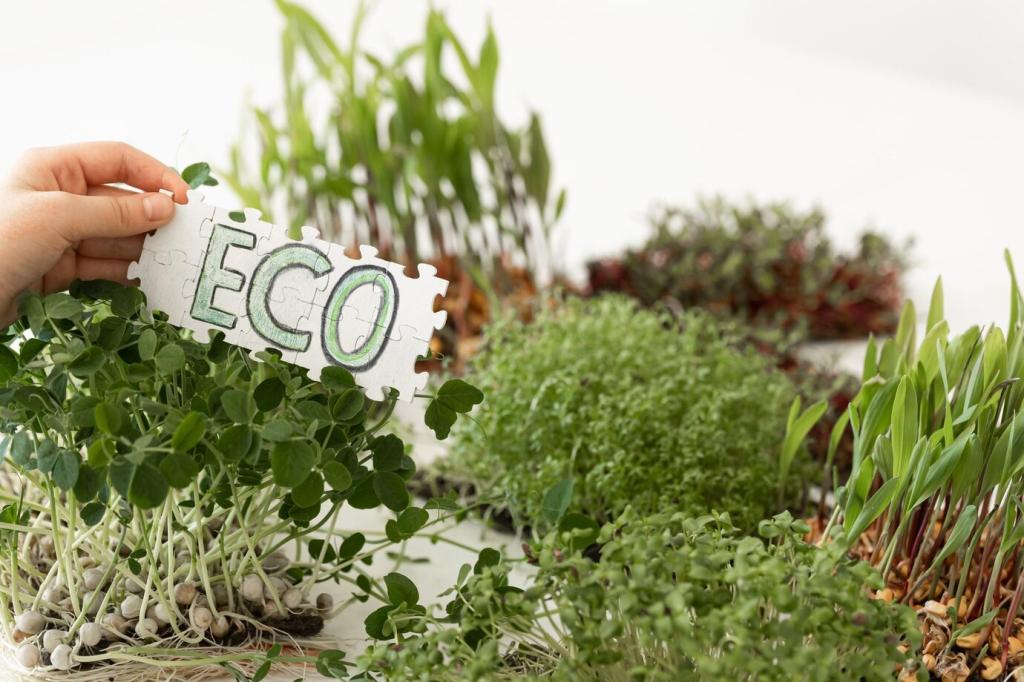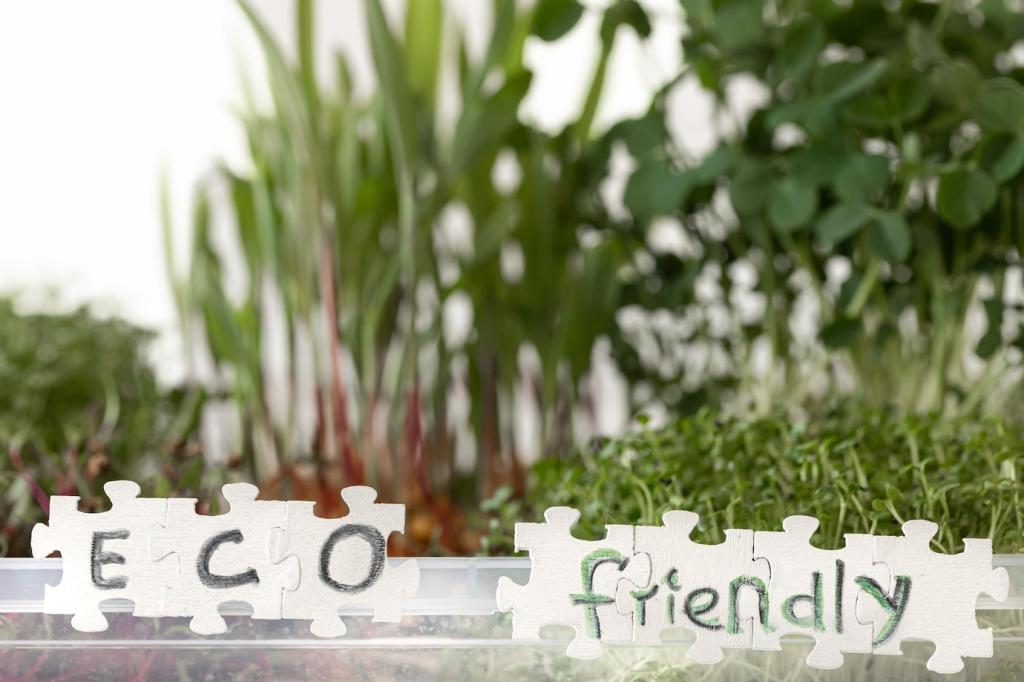Build Smarter with Sustainable Building Materials
Chosen theme: Sustainable Building Materials. Step into a future where buildings are kinder to the planet and healthier for people. Together we will explore materials that lower carbon footprints, last longer, and tell meaningful stories about place, craft, and care. Subscribe and join the conversation as we reshape how we build—thoughtfully and beautifully.
What Makes a Material Sustainable?
Sustainability begins with asking how a material is sourced, transported, installed, maintained, and finally repurposed or recycled. Life-cycle thinking helps you weigh hidden costs and benefits, avoiding flashy green claims that ignore durability, maintenance, and what happens when a building’s life ends. Share how you evaluate materials in your projects.


What Makes a Material Sustainable?
While operational energy matters, upfront emissions locked into materials can make or break climate goals. Choosing low-carbon options—like responsibly sourced timber or blends with recycled content—reduces the carbon hit before the lights even turn on. Tell us which embodied carbon tools you rely on and what surprised you most.
Nature’s Toolkit: Timber, Bamboo, Hempcrete, and Cork
01
Engineered Timber That Stores Carbon
Cross-laminated timber and glulam convert forests’ captured carbon into elegant, strong structures. Proper forest management and design ensure long-lived buildings that lock away emissions while delivering calm, tactile interiors. Have you walked into a timber atrium and felt the hush? Share that memory and what the space changed for you.
02
Bamboo’s Speed and Strength
Maturing in a few short years, bamboo offers rapid renewability with surprising tensile strength. From panels to structural elements, it reduces pressure on slow-growing species. A craftsman once told me bamboo taught him patience: each culm different, each joint a lesson. Tell us your bamboo wins—and challenges—in real-world builds.
03
Hempcrete and Cork for Comfort and Calm
Hempcrete walls regulate moisture and temperature, creating pleasant interiors that feel quietly stable through seasonal shifts. Cork, harvested without felling trees, cushions steps and tames acoustics. Together they transform rooms into restorative spaces. If you’ve lived with hempcrete or cork, describe the sensations—sound, air, touch—that won you over.
Reclaimed Brick, Timber, and Story
Salvaged brick and timber carry history you can feel under your fingertips. Beyond aesthetics, reusing components diverts landfill waste and avoids new manufacturing emissions. A friend’s renovation included beams stamped with a century-old mill mark—suddenly the house felt connected to people and time. Share your favorite reclaimed find.
Recycled Metals with Serious Impact
Recycling aluminum can save up to ninety-five percent of the energy compared to producing it from ore, while recycled steel slashes emissions and resource use. These materials retain strength across cycles, making them circular champions. Which suppliers have helped you verify recycled content and close the loop on your projects?
Glass Cullet and Low-Carbon Blends
Incorporating recycled glass and other supplementary materials reduces the footprint of finishes and, in some mixes, structural elements. Look for blends that maintain performance while trimming emissions. Designers are experimenting with terrazzo-like surfaces using waste streams. Have you tried such composites? Tell us how they performed and aged.

Cellulose, Straw, and Sheep’s Wool
Insulation made from recycled newsprint, straw bales, or wool offers strong thermal performance with gentle chemistry. These materials often permit breathability, improving moisture resilience and occupant comfort. If you have installed cellulose in an old house, did you notice the newfound quiet? Share your before-and-after impressions with us.

High-Performance Windows and Shading
Low-e coatings, thermally broken frames, and well-planned shading cut heating and cooling loads dramatically. Material choices for frames—like sustainably harvested wood or recycled aluminum—balance performance with footprint. Combine orientation, overhangs, and ventilation strategies to let materials work with climate. What details have saved you the most energy?

Air Sealing Without Harsh Chemistry
Thoughtful tapes, gaskets, and vapor-smart membranes can achieve tightness targets while avoiding problematic compounds. The right compatibility prevents failures years later. One builder told me his best blower-door result came after training the crew to slow down and label every seam. How do you maintain airtightness under real schedule pressure?
Healthy Interiors: Materials That Care for People
Low-VOC Paints, Adhesives, and Finishes
Reducing volatile organic compounds means cleaner air from day one. Low-odor paints and safer adhesives protect installers and occupants alike. Ventilate well during application, then enjoy fewer headaches and less lingering “new building” smell. Which brands have balanced performance, color depth, and health for you? Share your go-to recipes.
Clay, Lime, and Breathable Walls
Clay and lime plasters regulate humidity, diffuse light, and offer timeless texture. They pair beautifully with natural insulation, helping assemblies manage moisture without trapping it. Guests often run their hands across a clay wall and pause, smiling. If you’ve tried mineral finishes, how did they change the room’s feel and acoustics?
Bio-Based Flooring with Real Durability
Linoleum, cork, and responsibly sourced wood provide resilient, repairable surfaces that age gracefully. Their renewability and low-toxicity chemistry make them strong sustainability choices. Keep maintenance simple: gentle cleaners, thoughtful mats, quick spot repairs. Tell us which floors in your spaces have worn beautifully—and which ones taught hard lessons.

